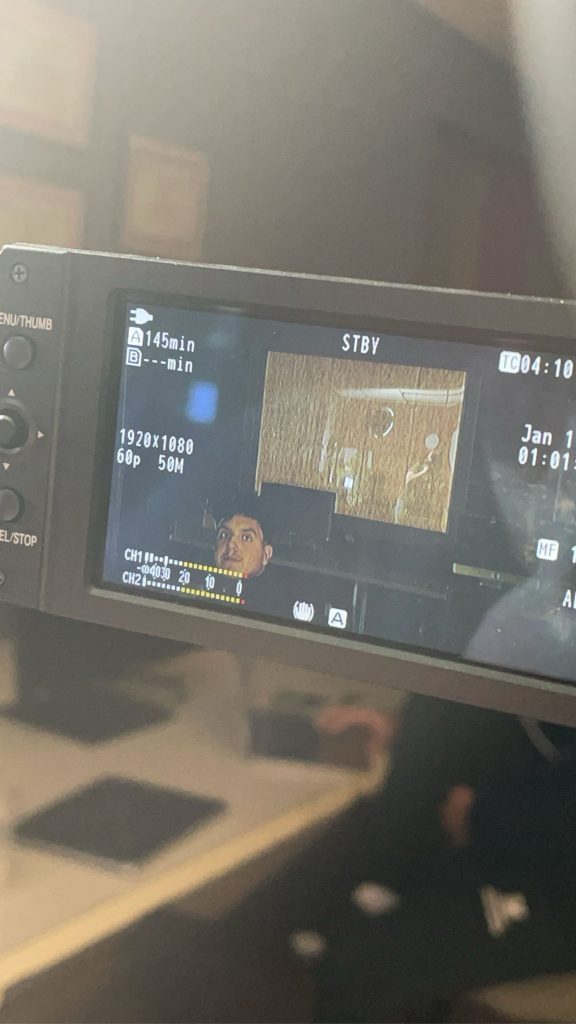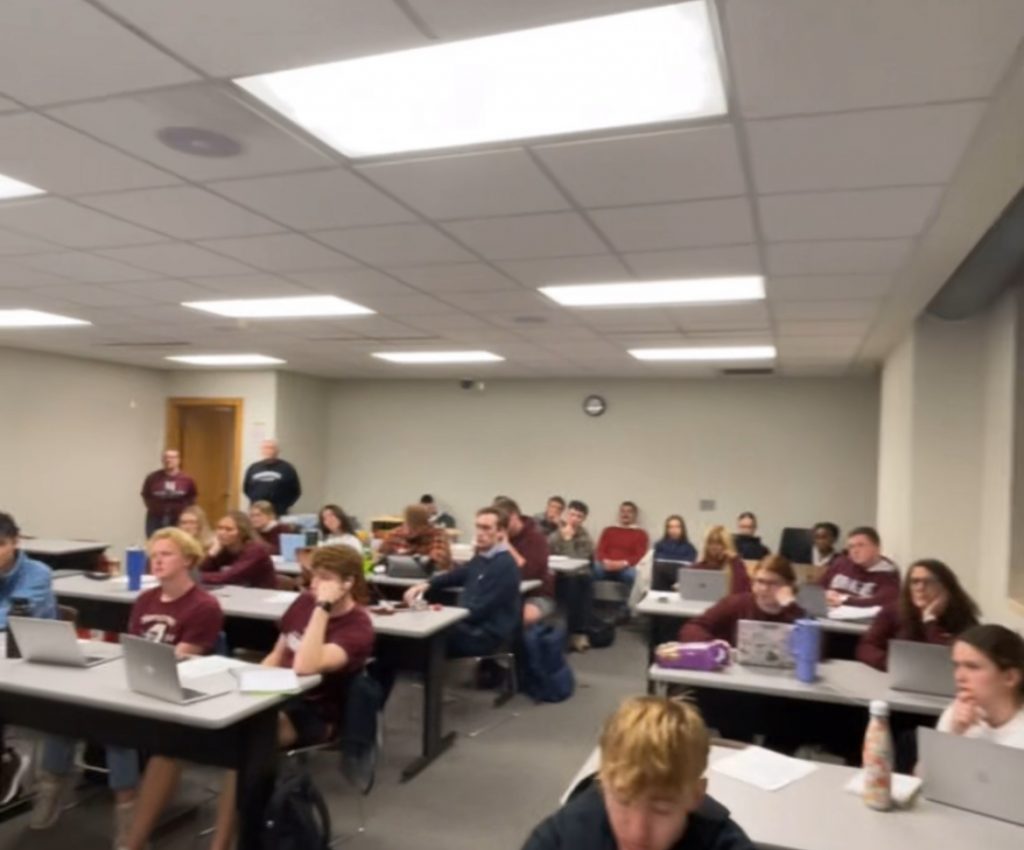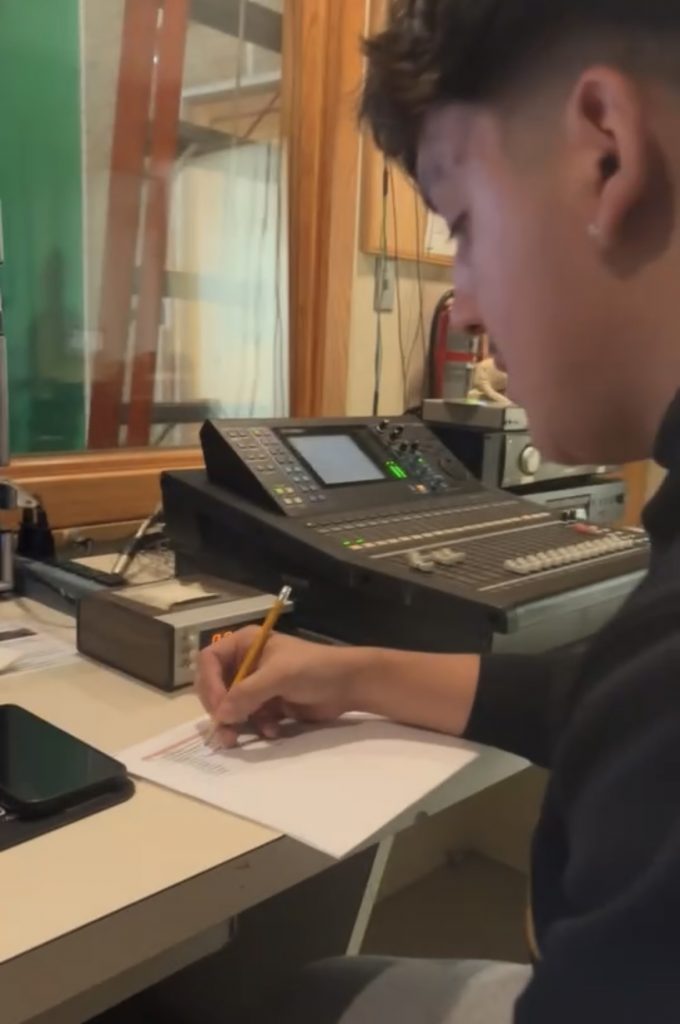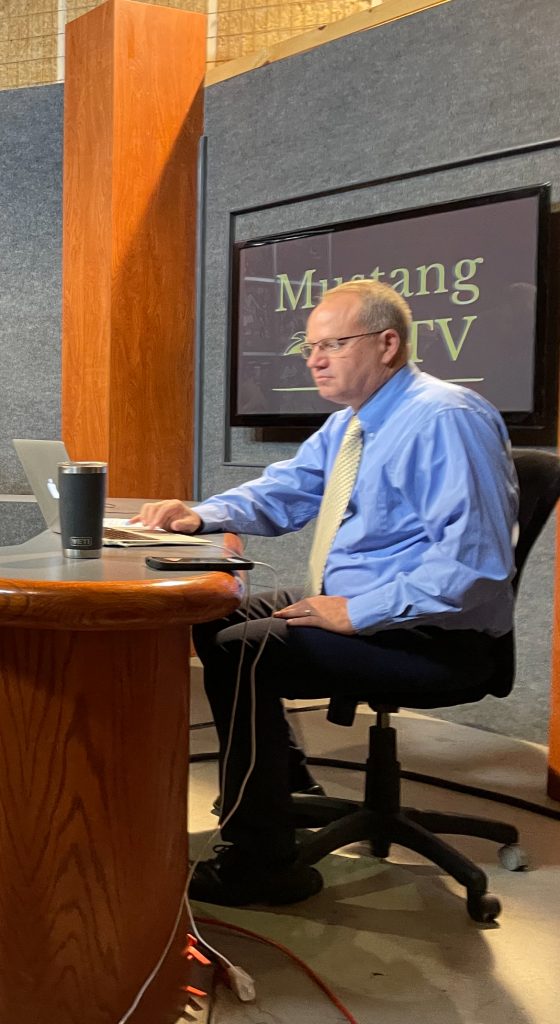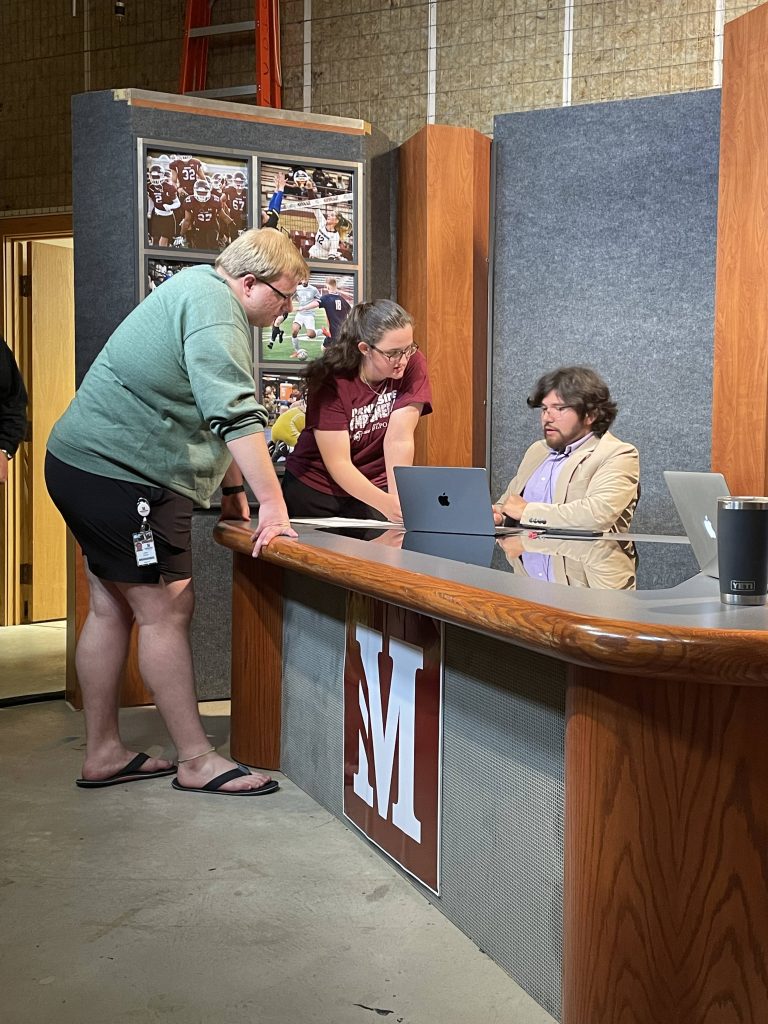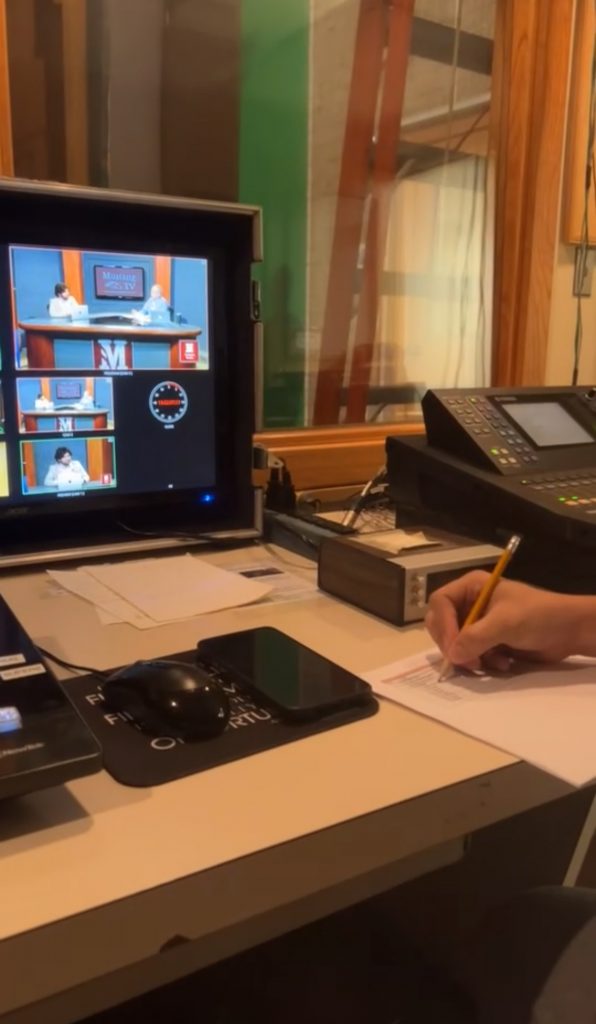Horror Movies & Their Appeal »
By Maren on Dec 14, 2024 in Uncategorized | 0 Comments
A group of young adults are gathered together in a darkened room. Phones off. Eyes glued to the TV screen. Excitement and laughter fill the air. They all hear a drip coming from the faucet. Unsure of what’s happening, they assume nothing is wrong; maybe it’s just a faulty leak. Whatever — or whoever — is behind that drip might get scared tonight, because the TV is showing a horror movie tonight.
Streaming service Prime Video recently conducted a survey in an attempt to find the statistics surrounding the horror movie genre. According to Prime Video, Generation Z watches horror movies much more often than any other generation. 91% of Generation Z respondents said they watch horror movies; with the rest of those statistics being 87% of Millennials, 76% of Generation X, and 58% of Baby Boomers all enjoying scary movies.
Horror movies are not new to the movie industry however. The Haunted Castle released in 1896 is believed to have been the first horror movie. In the early days of cinema, horror movies have stayed relevant and changed with the times. In the 1920s, for example, the trend was creatures of the night and scary mansions; think Nosferatu, The Phantom of the Opera, and Frankenstein. However once the Cold War began in the 1950s, horror movies started to shift towards movies sparking fear into Americans about the possibilities of alien infiltration and space travel. It was during these times that movies like The Mummy, The Thing, and The Invasion of the Body Snatchers. Then came the 1960s, the psycho killer era. It was during the 60s that the first two horror movies nominated for best picture were released, Rosemary’s Baby and The Exorcist. Then, during the 70s-90s came the era of cult classics. Some of those include Scream, Child’s Play / Chucky, The Texas Chainsaw Massacre, Nightmare on Elm Street and more.
Horror movies stay on the rise with the new generation wanting more and more, both in quantity and goriness. Generation Z knows what they want and typically how they want it. In 2023, for example, Generation Z was prepared for Saw X, Pet Sematary: Bloodline and Five Nights at Freddy’s. Generation Z tends to be vocal about how they want their movies, specifically horror movies, and it showed with the release of these movies. On X (formerly Twitter), many young adults wanted the Five Nights at Freddy’s characters to look a specific way. When the first trailer was released, many did not like them and spoke up. A month of two later, they were fixed and the trailer was rereleased with the small adjustments and Generation Z was happy.

Why horror movies in the first place? Why do people want to be scared? Both questions deal with psychology, but simple psychology at least. The simple answer is people like the controlled aspect of horror movies. At the end of the day, the people watching horror movies know it is a movie and the actors are all fine, nothing (for the most part) is real, and the audience tends to have a general idea of how long the movie is. The most common exception for horror movies not quite being fully fictional is when they are based on true stories. True crime is a different topic though, even though many true crime stories are made into horror media. The rush of adrenaline the audience gets with both true crime and horror movies is another reason people tend to like horror media. With the rise in popularity of media being available at a moment’s notice has also come the rise in horror movies. As people are sitting down for a movie night with friends, they have hundreds of horror movies across streaming platforms.
Students on Morningside University’s campus are filled with thoughts and opinions about horror movies. Many students love them, and a few dislike them. When asked her thoughts on horror films, Alexa Munhofen a sophomore at Morningside said that horror movies are, “really good and suspenseful. I enjoy watching them, but regret watching them later. I also watch them with friends most of the time!” Another student, Emaly Kruse, said, “.” Based on these reactions, the horror movie trend among campus is strong.
Young adult audiences are also frequent connoisseurs of arthouse horror. The best way of describing arthouse horror would be through examples and the simple definition of art over entertainment. Some examples include Hereditary (2018), Midsommar (2019), and even The Babadook (2014). Although younger audiences tend to like the indie and folk variety of horror media, some television shows continue to make horror a common ground for everyone. Stranger Things is the main example of this. It is an easily accessible show, being distributed on Netflix, a comedy, and rewatchable. Stranger Things is one of those shows that shows the crossover between horror and comedy is possible and that it works. Another example of horror media trying new things is the rise in haunted houses. According to America Haunts, “The typical haunted attraction averages around 8,000 paid guests. This figure grossly depends on the market and the size of the attraction. About 80% of the professional attractions in America attendance are less than 10,000 paid guests or more than 7,500 paid guests” (The history of horror in American culture). America Haunts figures that there are over 1,200 haunted attractions that charge admission fees to their events. Assuming the average ticket price of $25 a ticket, that means that these could range anywhere from $187,500 – 250,000 in average revenue. This doesn’t include that a majority of haunted attractions donate to charities as they make money, nor does it include the cost to set up and maintain the attractions.

The future of horror looks bright, especially with Generation Z leading the charge. The general population seems to enjoy watching scary movies, and the accessibility of them makes them all the easier to watch. The horror media trend will continue to grow due to many factors, but one main one is the fact that Generation Z is already hooked. What could this mean for Generation Alpha? They’ll likely find their own way to reimagine the genre, and possibly even redefine what it means to be afraid.. One main topic of discussion has been how technology and entertainment have influenced the way horror films are seen both literally and metaphorically. Either way horror films are here to stay and they likely won’t be going away anytime soon.
For additional details, the following links may be helpful.
America Haunts facts — https://www.americahaunts.com/ah/facts/#:~:text=Attendance%20Figures,12%2C000%20and%2020%2C000%20paid%20guests.
Prime Video survey — https://advanced-television.com/2024/10/10/survey-younger-generations-watch-most-horror-content/
The history of horror in American culture — https://hudsonvalleyone.com/2023/10/08/the-history-of-horror-in-american-culture/

